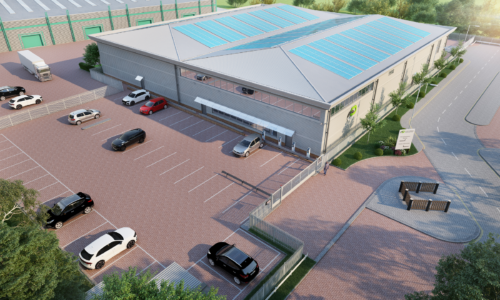The most important role of a Data Centre is to maintain uptime 24/7. Securing data centre resilience is essential, and is key when assessing the potential for a new facility.
Downtime not only causes inconvenient disruption to businesses, it can also be expensive in both financial and reputational terms too. To ensure your business is protected against these outcomes it is best practice to review the power, cooling and connectivity resilience of the facilities you may be considering.
Power resilience varies significantly between Data Centre operators and there is a myriad of terms used to describe power provision. Dual Diverse Power Supply is what you should be looking. This guarantees full resilience. ‘Diverse’ means that power paths are 100% separated from the power source all the way to your rack certifying there is always a failover in place.
A power outage of just 1 second in duration can often impact services for many hours, sometimes even days, as not all devices may recover after being power cycled. Software such as large database engines may require manual intervention to bring them to a recoverable state.
Your rack also needs to remain at an optimum temperature, overheating can also cause adverse functionality and downtime, so a failsafe in the cooling systems needs to be present. Large plant/coolers/HVAC systems are often out of service for long periods of time when they fail or require servicing, so it is critical that the cooling infrastructure is both resilience and concurrently maintainable.
Cooling goes hand in hand with the need for diverse power as a site power outage can have an impact on the cooling availability. And, just like with the power resilience, you should query exactly how the cooling systems work during both planned maintenance and unplanned outages.
Connectivity is the third key factor in the resilience mix. If your critical equipment is powered and cooled but has no connectivity then it may as well be offline from the end-user perspective.
Network design, resilience and fault-tolerance must be examined across any potential new Data Centre you are considering. If the facility has their own network, you should ensure this has adequate path diversity with a minimum of two feeds from different physical equipment in different locations. Again, you should also ask how the provider’s equipment is powered and whether it also has power supply diversity.
If the Data Centre does not have a network of its own, or you are using other providers who are on-net there, it is equally important these same questions are asked of the other carrier(s). Their equipment should also be diversely powered and hosted within different parts of the facility.
Power, Cooling and Connectivity all have a reliance on each other so must all be considered collectively when accessing capability for resilience within a Data Centre.
Transparency from your potential Data Centre is essential for a trusted future partnership. For peace of mind you can review data from the Uptime Institute to validate power uptime records and, robust Service Level Agreement (SLA), to guarantee maximum network uptime, power service, cooling and temperature stability should be part of your agreement with your provider.
To find out what other factors you need to be considering when choosing the right Data Centre read our Whitepaper here.




Sign up to the Custodian DC monthly newsletter to keep up to date with all the latest from the industry.